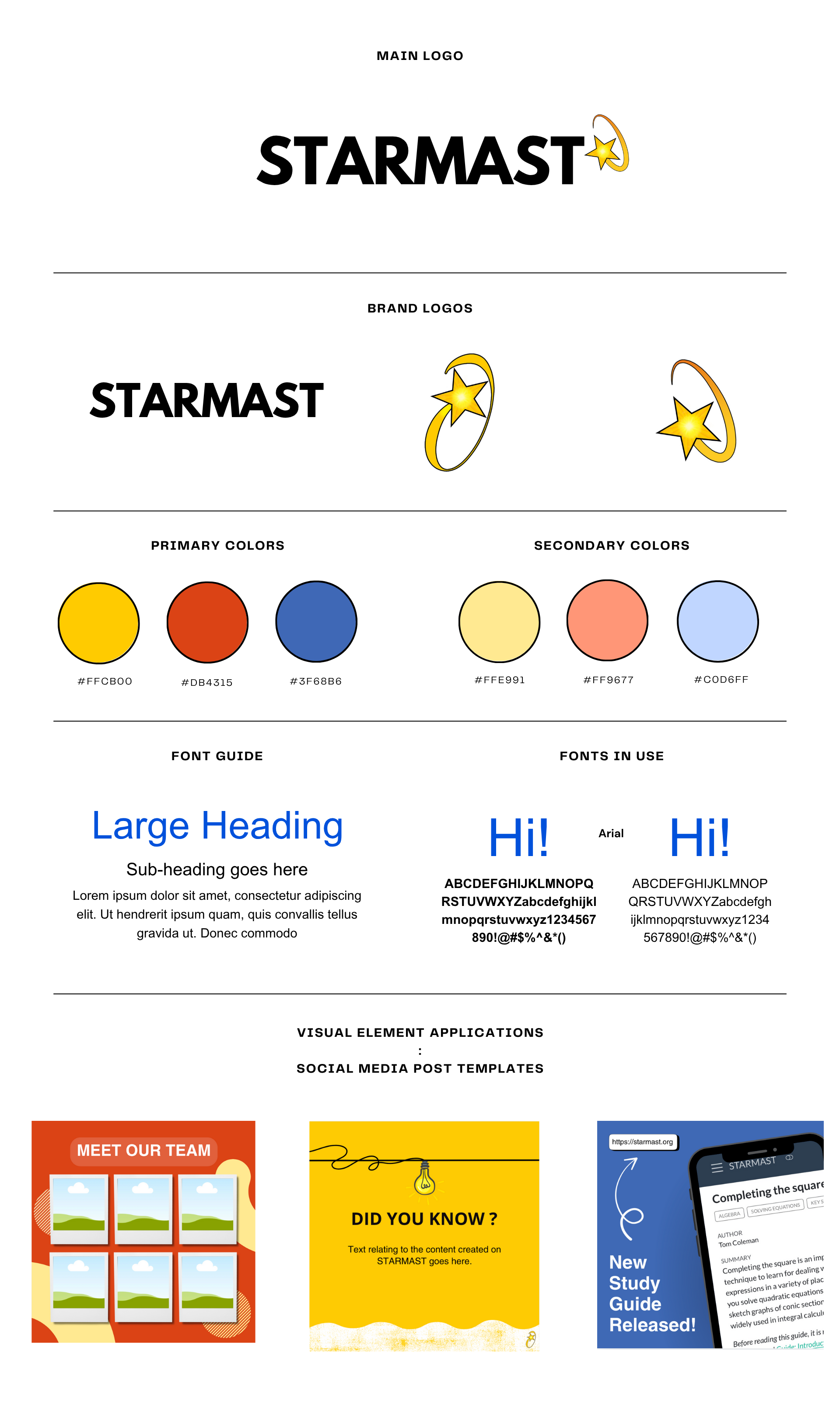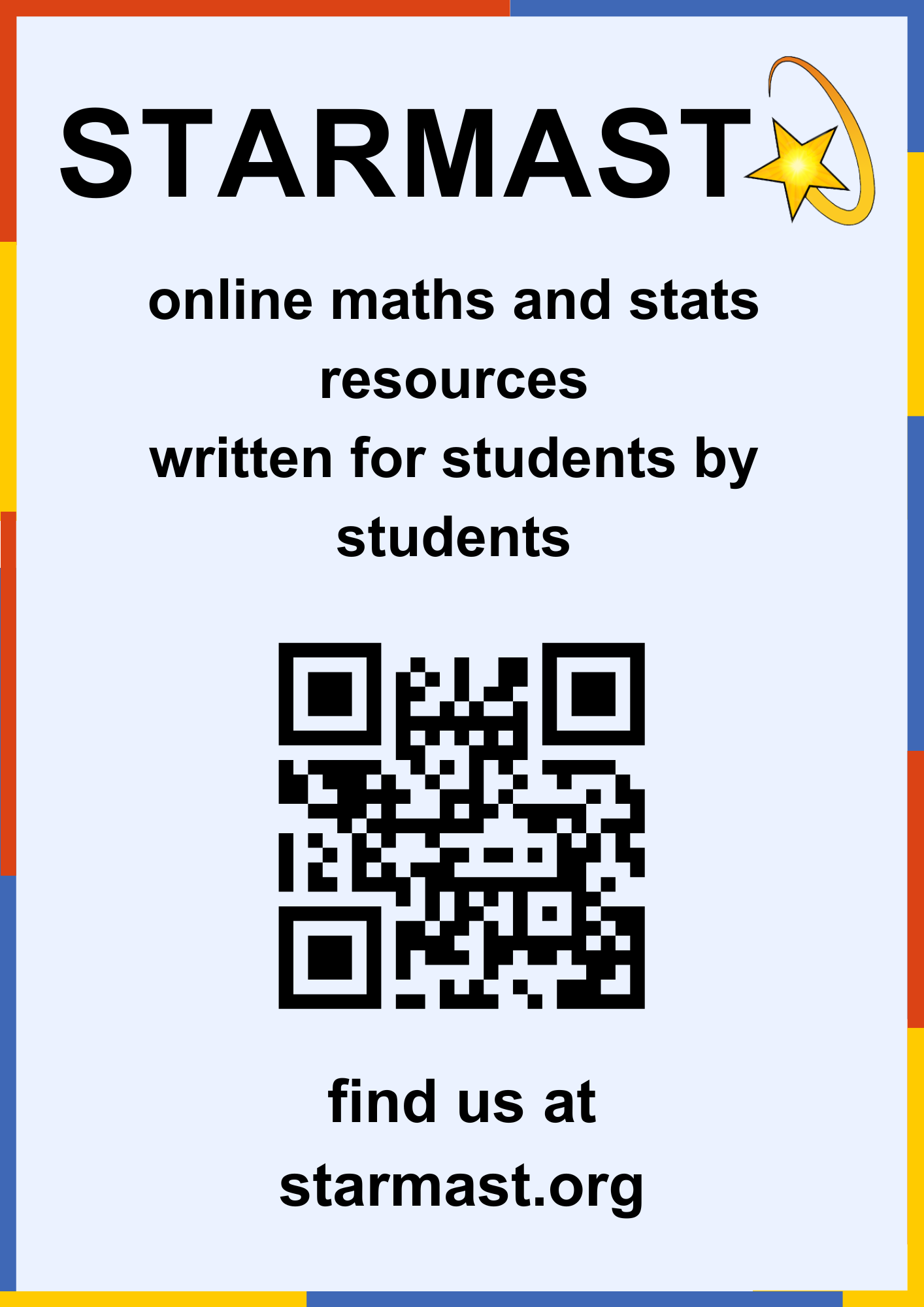Involving students in creating maths and stats resources
TEMSE seminar
2025-10-08
About me
Lecturer (Education Focused) at the School of Mathematics and Statistics, University of St Andrews
passionate about language and accessibility in mathematics and statistics
enjoys cricket, coffee, and crosswords
contact me at tdhc@st-andrews.ac.uk
Problem and proposed solution
Problem
need for accessible and inclusive maths/stats resources
traditional textbooks can be difficult to parse for non-specialists, technically inaccessible, expensive, intimidating…
diverse backgrounds: every country has their own curriculum, language; Masters courses attract wide backgrounds of students…
lack of local support: minimal central maths/stats support at institution
increased need for competency in maths/stats
Solution
creating a free-to-use, high-quality bank of inclusive and technically accessible learning resources in mathematics and statistics, suitable for everyone
in addition, involving students gives learners agency in their resource creation, teaches transferable skills not often found in maths and stats degrees, obtains diverse perspectives on learning…
end product: STARMAST (starmast.org) - St Andrews Resources in Mathematics and Statistics
Original vision for resources
Original vision: inclusive
want materials to be inclusive of all learners
strict guide on use of language (‘you’ not ‘we’, nothing easy, simple terms, minimal jargon, avoid context), emphasis on doing
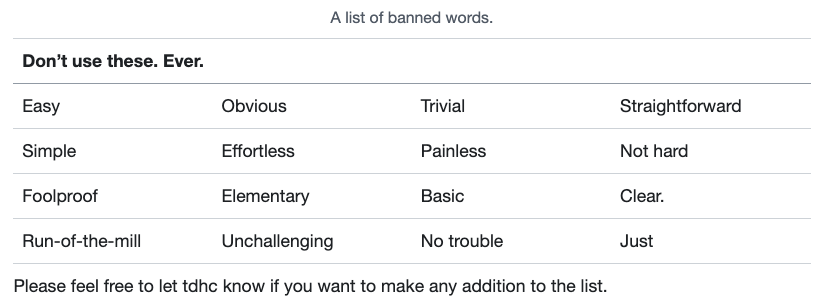
List of banned words on starmast.org
Original vision: accessibility
want to cater for wide range of learning styles, while retaining technical accessibility
Quarto is a typesetting system that outputs to html, pdf, docx from a single content file:
- accessible html, printable pdf, editable Word documents provided for all materials
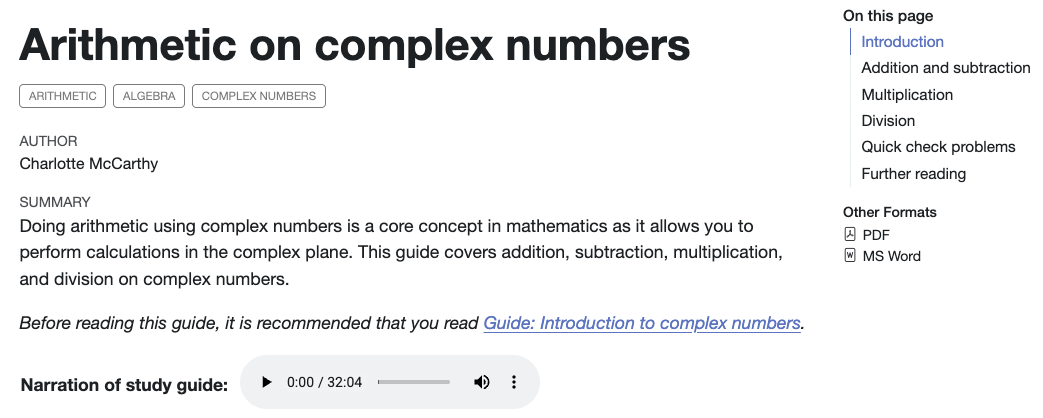
Top of Guide: Arithmetic on complex numbers
Original vision: freedom of use
want resources to be available anywhere at any time to anyone, with no cost (an open educational resource)

Excerpt from starmast.org licensing page
Original vision: granular
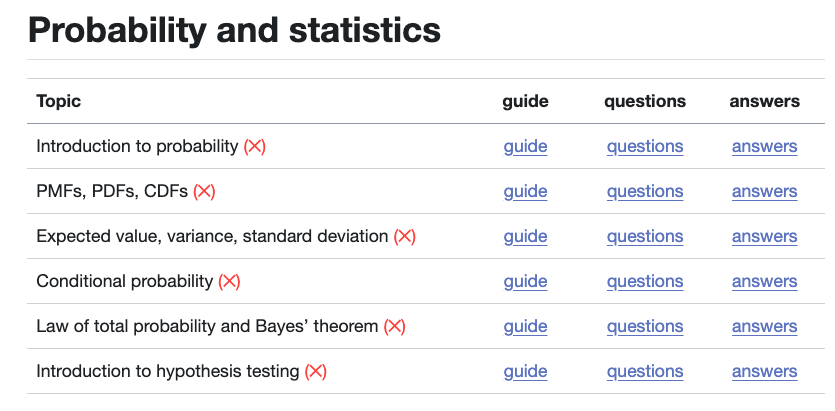
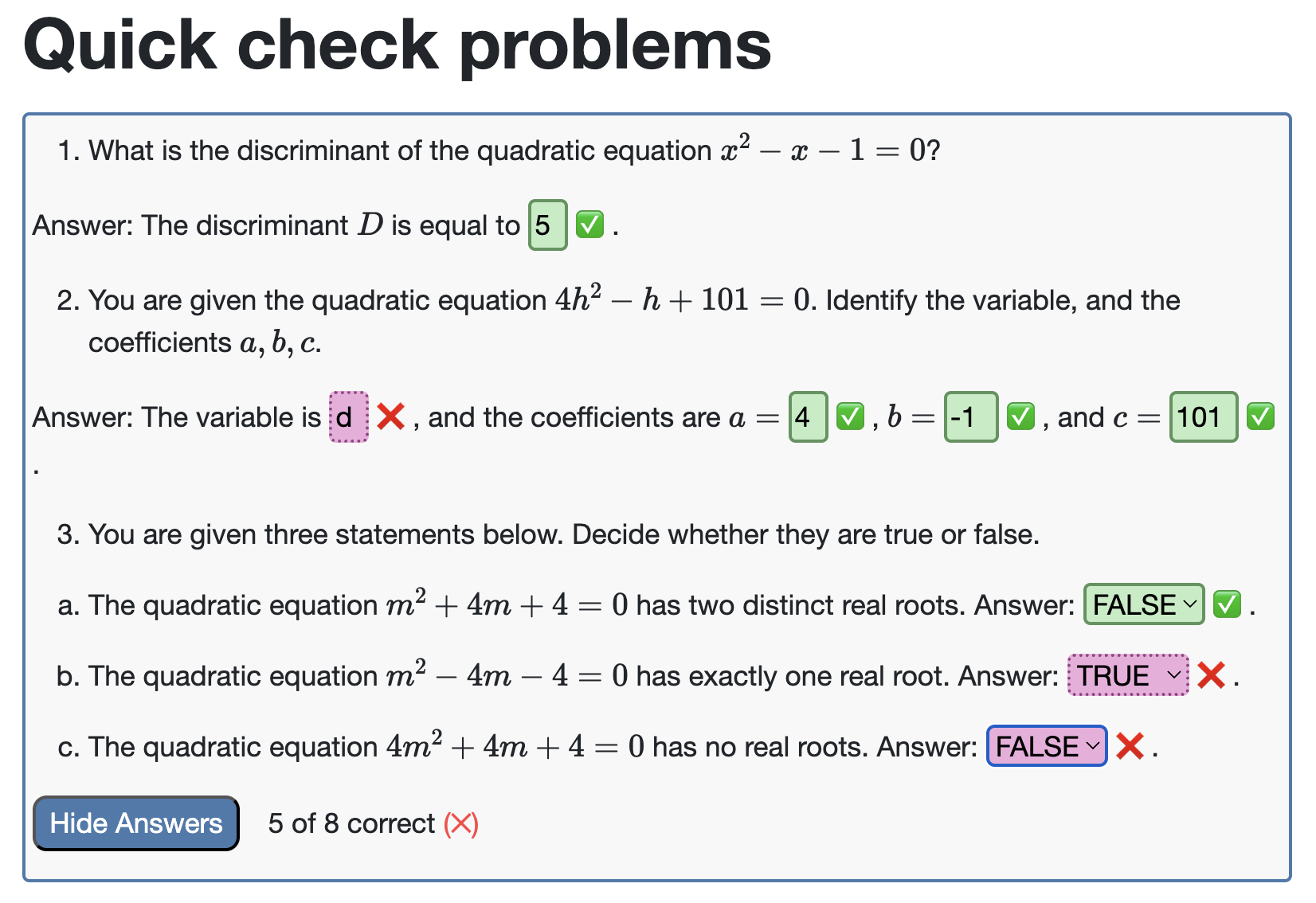
Getting students involved part 1: STEP
First go: STEP project
Summer Teams Enterprise Programme
- online programme over 7 weeks, 4-6 hours work each week
- reward is certificate on transcript
- teams of 6-7 students, with one paid graduate student acting as ‘coach’
- students applied for programme overall, putting projects as first/second choice
STARMAST STEP project
- ran summer of 2023, aiming for release September 2023
- enough interest for two teams of 7 students each producing 12 guides between them, working in smaller teams or individually
- topics included rearranging equations, sigma notation, indices and logarithms, trigonometry, vectors
- one graduate coach
- set up via github containing initial style guide, example guide, questions, answers
Result
partial success
yes!
- all requested resources created
- students satisfied with impactful work
- framework for expansion in place
but
- inconsistent quality, including plenty of banned words
- some parts missing
- some over-complications
What went right?
for me
- something to work with!
- plenty of questions and answers
- basis for expansion
- lots of student interest
for students
- important and impactful project
- good opportunity for transferable skills
- won something(?) at STEP awards
What went wrong?
for me
- no control over student selection
- disconnected from project
- dissatisfied with outputs, took time to put things right
for students
- little time to communicate with me
- long time to see publication (website published and made public May 2024)
- teamwork aspect diluted by online programme
Getting students involved part 2: VIP
Second go: VIP
Vertically Integrated Project:
multi-year, multi-semester ongoing research project (with some leeway)
students in any year can apply to single projects
awards module credits, and students get a grade for their work
allows students to participate in the same project across multiple years
Our VIP
small group, weekly meetings, hands-on supervisor involvement
attracting wide range of students
- mathematicians, statisticians, economists, cell biologists, computer scientists, art historians…
- from first-years to final years
assessment: 20% fortnightly reflective logs, 30% posters and group presentation, 50% final portfolio and reflective report
Why VIP improved on STEP
for me
- full control over student selection
- collaboration with students, rather than sponsorship of students
- get to teach something out of my comfort zone :)
for students
- time to communicate with supervisor to float new ideas and understand minor project concerns
- module credits (as opposed to a certificate)
- chance to be part of a tight-knit team
What could be better?
quality of written outputs can be inconsistent (but far far better than STEP project)
- increased staff time for quality control
potential duplication of assessment modes for returning students
some student group friction (solution: team building in week 2)
What’s gone well?
time for project to breathe and for a team to form
nature of VIP allows for development of big ideas across semesters and years
excellent student buy-in to an impactful and meaningful project
high student satisfaction, both with those who create the resources and those who use the resources
good integration of interdisciplinary skills
outstanding range of outputs
VIP outputs from students
- interactive figures: using Desmos API, R Shiny, and (soon) html - leveraging generative AI to help

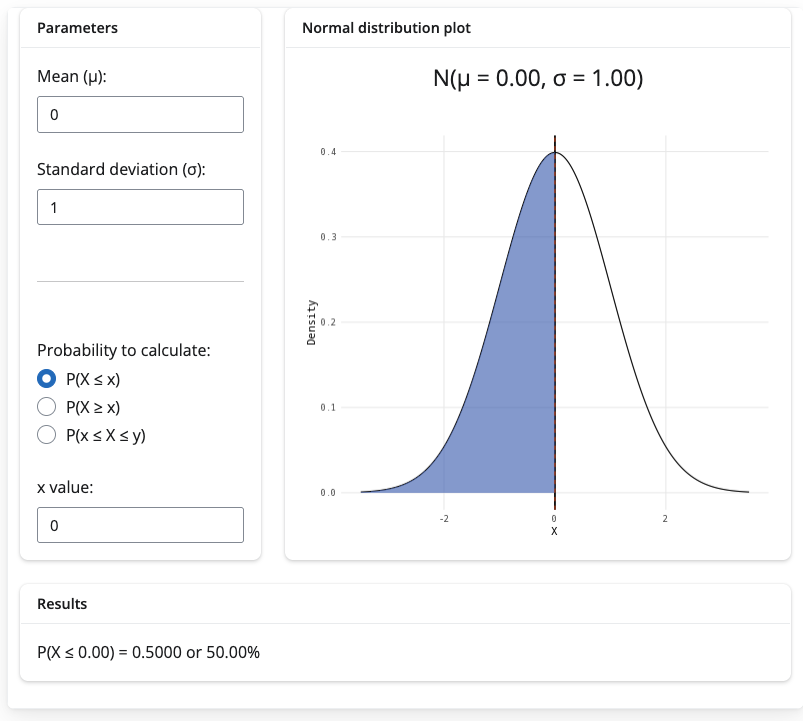
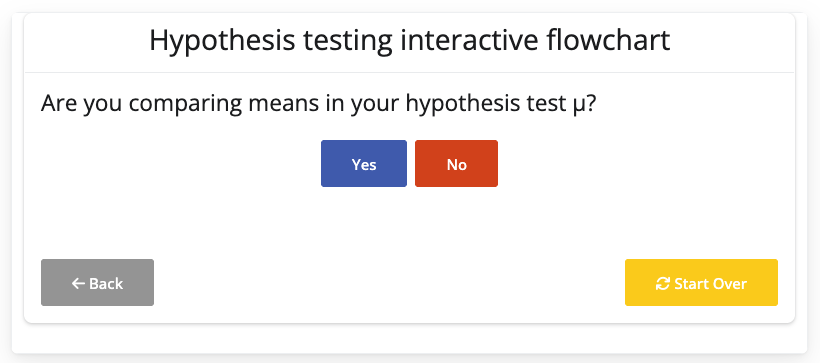
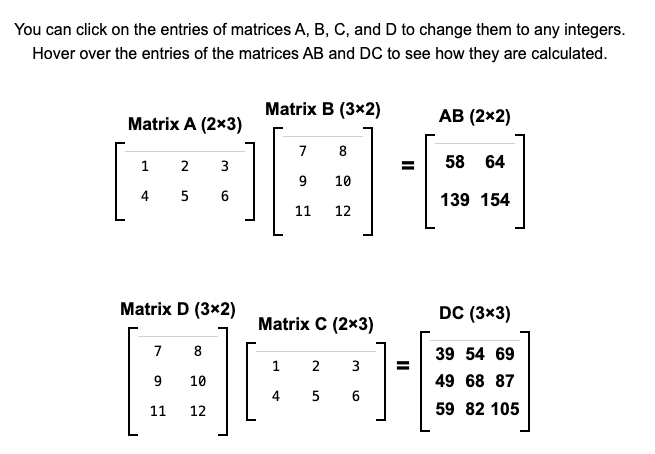
VIP outputs from students
content: guides on algebra, geometry, calculus, stats…
accessibility work: discussions with disability charities, investigating multiple Quarto themes, mp3 narration of guides

Top of Guide: Arithmetic on complex numbers
VIP outputs from students
VIP outputs from students
- website backend: domain name, security, search engine optimisation, hosting, custom website style, cookies, analytics, feedback boxes, emails, mailing list, progress trackers…
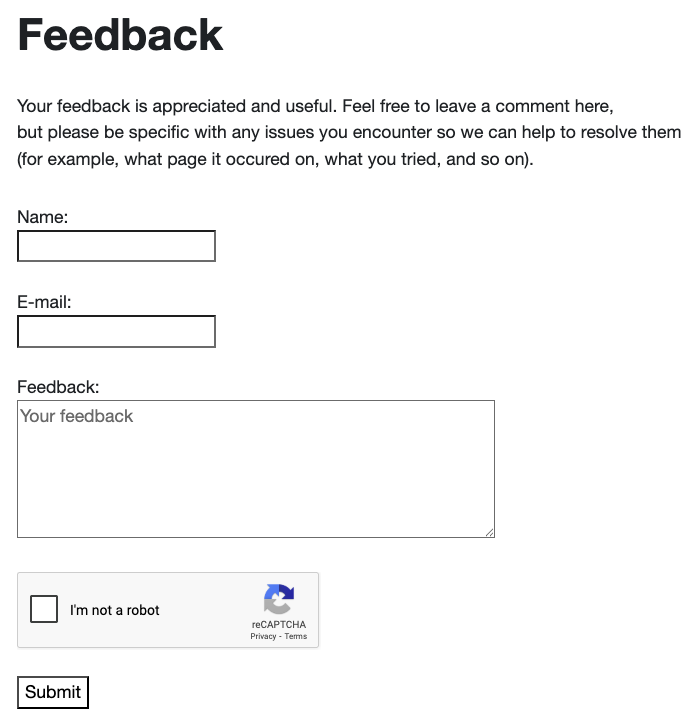
Feedback box written by a second-year and final year student
Now and next
Now
resources used in three Schools in the University, with more to follow
awareness of resources increasing due to promotion by student support services
- supported by analytics data (129 new users in the past 30 days, compared to 374 all time since May 2024)
students working on content for topics specifically requested by academic staff at St Andrews
thinking about how best to present content
Next (1/2)
more content
- 50+ topics hopefully by end of summer 2026 (and then more than that), videos, podcasts, more interactivity…
get the site out there!
- keep marketing inside and outside the University (emails to DoT’s/student services, conferences, maths/stats support networks, schools, libraries…)
Next (2/2)
soon-ish: reflective article on student involvement
- Involving students in creating accessible mathematics and statistics support resources using a Vertically Integrated Project, in preparation
way off in the distance: research/education development leave for the project, measuring impact of resources, impact funding/case study
How to keep in touch
check us out at starmast.org :) where you can join our mailing list, or leave comments on individual guides
contact me at tdhc@st-andrews.ac.uk: any ideas, feedback, comments, most welcome :)
thank you for listening!

